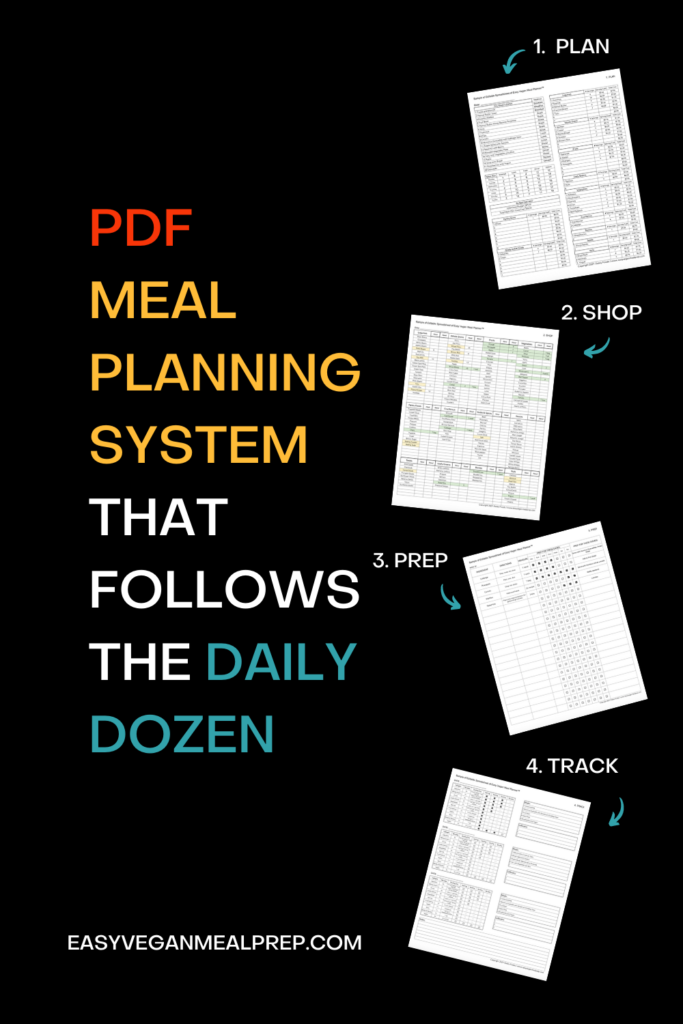Here’s a quick tutorial about how to saute without oil, also known as “dry sauteing”. Watch the video below for a demonstration.
What is dry sauteing?
This is a dry heat cooking method using a pan or other flat sauteing surface. Instead of using oil, a small amount of water is substituted. Dry sauteing is a great cooking method for an oil-free kitchen. It allows you to caramelize your food without burning it.
Why oil-free cooking?
For more information about oil-free cooking and lifestyle, visit this page on our website. Basically, oil is not a whole food and it is recommended by physicians that we greatly lower or completely eliminate oil from our diets. Oil is high in fat and contains zero fiber. It is recommended we consumed fiber-rich foods in their whole state.
Why do we normally saute with oil?
Most everyone learns to cook using oil to saute. In culinary schools across the world students are trained to first, heat their pan, then add oil. The oil is meant to prevent the food from sticking to the pan, as well as create a craveable flavor and mouthfeel. Unfortunately, oil is not healthy for our bodies. Thankfully, there is another option to sauteing with oil, and that is sauteing with a very small amount of liquid, generally equal to the oil you would normally use to saute in.
Here’s step-by-step directions for sauteing without oil (dry sauteing)
Step 1: Heat your pan or other flat sauteing surface.
Step 2: Sprinkle a little water over the hot pan to ensure it is hot.
Step 3: Add your desired vegetables, whole grains, and legumes, starting with the ones you want to cook the longest such as onions, carrots and celery (also known as “mire poix”). Once these vegetables are starting to “sweat” and become slightly translucent, add the other items. Note: Garlic tends to burn so I recommend adding this last.
Step 4: Stir vegetables and allow them to come into contact with the surface of the hot pan. Let them rest and avoid stirring too often. The goal is to give them time to sit on the hot surface and caramelize.
Step 5: Add small amounts of water or other liquid such as vinegar, wine, vegetable broth, or other desirable liquid. Use between 1 tablespoon and 1/4 cup at a time. The goal is not to boil the vegetables, instead “deglaze” the pan. Deglazing a pan is the action of adding a small amount of liquid to a hot pan or pot, and stirring the vegetables around in the liquid which causes the flavors that are stuck to the pan to release and mix in with the flavors of the vegetables. If you add too much water at one time the water will being to boil and your vegetables will boil instead of caramelize.
Step 6: Once your vegetables are to their desired caramelization and doneness, remove them from the heat immediately, or add more liquid to make a soup or other type of dish.
Here’s more oil-free cooking tips:
- 13 oil-free vegan air fryer recipes that will make you drool
- Here’s 4 benefits of oil-free cooking
- Here’s 3 basic oil-free vegan salad dressing recipes
- How to eat oil-free plant-based at restaurants
Save this post on Pinterest and Facebook:


